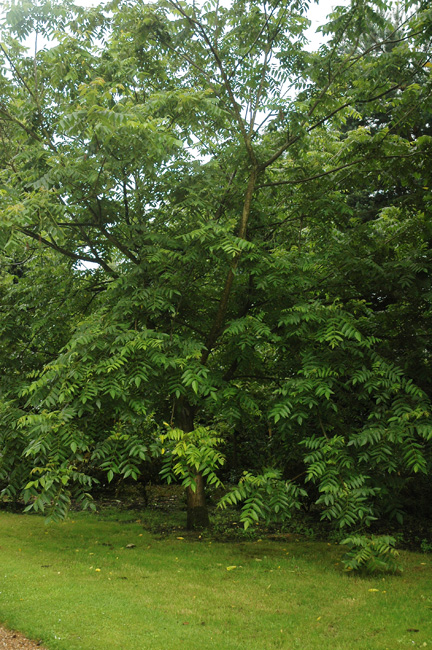| General Description | Medium to large tree. |
| ID Characteristic | The bark of this tree is an ID trate. it is very furrowed and turns yellow when exposed to light. |
| Shape | Large rounded crown |
| Propagation | Sow seeds as soon as the fruit is ripe in a seed bed. You may also stratify and sow in spring!
|
| Cultivation | Prefers well drained, deep, fertile soil, and full sun. It is cultivated in particular for its edible nuts. |
| Pests | Borers, mites and webworm are common pests that target this tree. |
| Bark/Stem Description | Furrowed and ridged. Greyish brown. Inner bark will turn yellow when exposed to light |
| Flower/Leaf Bud Description | Large terminal buds. Ovate, round. 1-3 superposed buds |
| Leaf Description | Showy green foliage. Leaves are oblong, serrate edges. Alternate and pinnately compounded. |
| Flower Description | Flower in spring with greenish yellow flowers. |
| Fruit Description | Spherical, solitary or cluster. Green when growing turning a brown colour when ripe. Edible nuts |
| Colour Description | Green with yellowish flowers complimented well with grey/brown bark |
| Texture Description | Rough and ridged bark. Smooth leaves |
